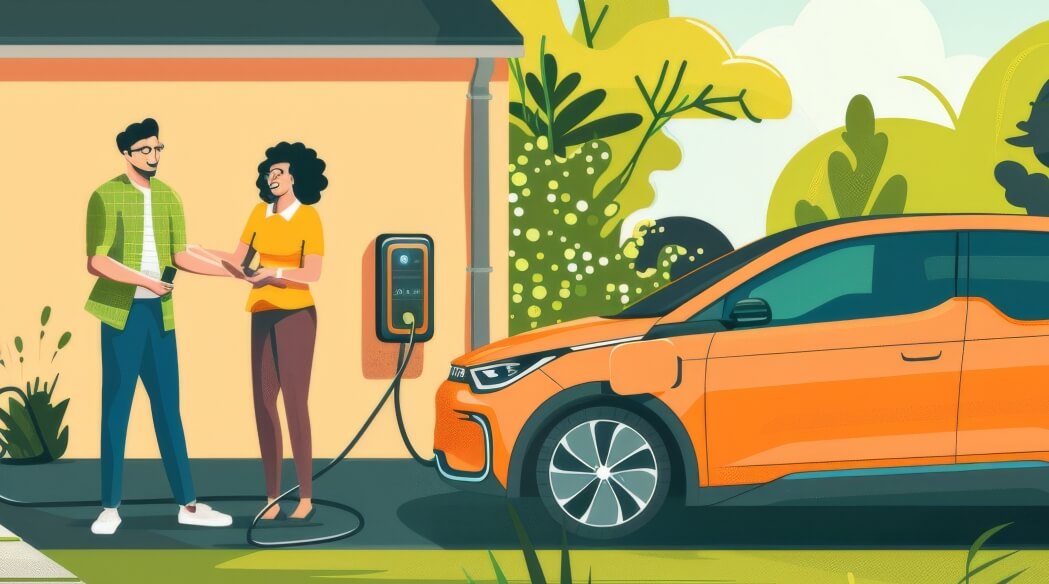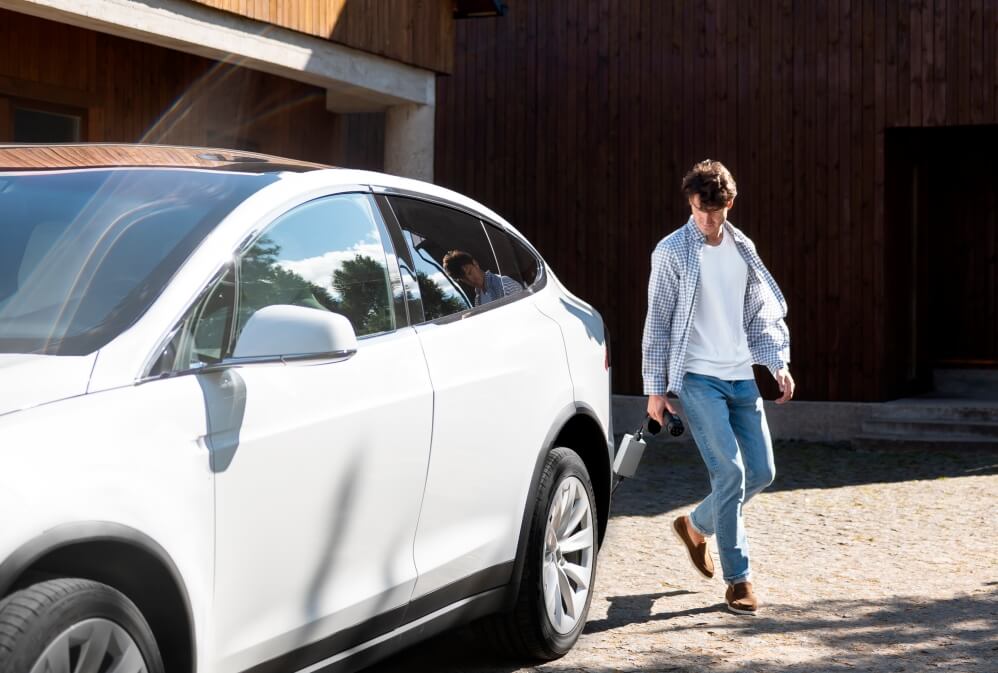Understanding the NBR 14136 Standard for Your BYD Dolphin EV Charger in Brazil
Your guide to navigating Brazil's plug standard for a seamless EV charging experience.
For owners of the BYD Dolphin EV in Brazil, understanding the technical standards that ensure safe and efficient charging is crucial. The NBR 14136 standard is the Brazilian regulatory requirement for electrical plugs and sockets, and it directly affects the charger you use. This guide will help you understand this standard, its importance to your BYD Dolphin EV charger, and how to ensure full compliance for a safe, optimal charging experience.
1. What is the NBR 14136 Standard?
NBR 14136 is the Brazilian technical standard for plugs and socket-outlets for fixed electrical installations, established by the Brazilian Association of Technical Standards (Associação Brasileira de Normas Técnicas, or ABNT).
This standard was developed to enhance safety and standardize the electrical connections for appliances and equipment across Brazil, replacing older, less safe plug designs.

Key Features of NBR 14136 Plugs:
- Flat parallel pins, which can be configured for 10A or 20A ratings.
- Built-in safety seals on the plug pins to prevent accidental electric shock when the plug is partially inserted.
- Three-pin design incorporating live, neutral, and earth/ground connections.
- Requirement for socket shutters to prevent the insertion of foreign objects.
This standardized approach ensures that electrical devices, including Electric Vehicle chargers, can be used safely across the country with a uniform and secure connection to the power grid.
2. Why the NBR 14136 Standard Matters for EV Owners
Adhering to the NBR 14136 standard is not merely about compliance—it's a critical component of home safety and charging reliability for your electric vehicle.
- Safety First: The design of the NBR 14136 plug incorporates features that significantly reduce the risk of electric shock. The insulated pins and mandatory socket shutters provide protection, especially in humid Brazilian climates where electrical safety is paramount.
- Guaranteed Compatibility: Using a charger with the correct plug ensures it will fit securely into Brazilian socket-outlets. A poor or unstable connection can lead to overheating, potential damage to your charger or vehicle, and even fire hazards.
- Regulatory Compliance: In Brazil, technical standards for various products, including electrical equipment, can be enforced by official bodies. While the NBR 14136 is a standardization norm, the National Institute of Metrology, Quality, and Technology (Inmetro) often references such standards in its conformity assessment requirements for products sold in the Brazilian market.
3. Connecting the Standard to Your BYD Dolphin EV Charger
When you purchase a BYD Dolphin EV charger in Brazil, it is essential to verify that it is equipped for the local market. This means the plug attached to the charging cable must be fully compliant with the NBR 14136 standard.
For the BYD Dolphin, which typically supports AC charging, the home charging unit (often referred to as the Electric Vehicle Supply Equipment or EVSE) will either come with a cable terminating in a NBR 14136 plug or will be a wall-mounted unit that is hardwired by a professional electrician.
- For Portable Chargers: If your BYD Dolphin EV charger is a portable unit, inspect the plug directly. It should match the description of the NBR 14136 plug and fit perfectly into a standard Brazilian socket without any force or adapters.
- For Fixed Charging Stations: If you are having a dedicated charging station installed, the electrician will ensure the unit is correctly connected to your home's electrical system, which will include an NBR 14136-compliant socket if a plug-in connection is used.
Using an adapter or a non-compliant plug compromises all the built-in safety features and poses a significant risk.
Ensuring Your BYD Dolphin EV Charger is Compliant
- Purchase from Authorized Dealers: Always buy your charger or vehicle from an authorized BYD representative in Brazil. They are required to supply equipment that meets local regulations.
- Check the Plug: Look for the manufacturer's name and the amperage rating (10A or 20A) stamped on the plug itself. The design should be unmistakably the flat-pin Brazilian type.
- Professional Installation: Have your home charging point installed by a qualified electrician. They will confirm that the entire circuit, from the circuit breaker to the socket, is rated correctly for the charger's power demands and is compliant with local electrical codes.
4. Installation and Safety Essentials in Brazil
Proper installation is the final, critical step to ensuring your charging setup is safe.
- Dedicated Circuit: Your BYD Dolphin EV charger should be connected to a dedicated electrical circuit. This means no other appliances, like lights or refrigerators, share the same circuit from the electrical panel, preventing overloads.
- Correct Amperage: Ensure the circuit breaker and wiring match the amperage requirements of your charger. A common 7kW charger on a 220V supply requires a 32A circuit. Using an underspecified ED circuit is dangerous.
- Weather Protection: If your charger or socket is installed outdoors, it must have a suitable weatherproof rating (at least IP54) to protect it from rain and dust.
5. Beyond the Plug: A Look at Brazil's EV Charging Landscape
While the plug is a vital hardware component, it's also useful for EV owners to be aware of the broader regulatory and infrastructural context in Brazil.
- National Policy on Solid Waste: Brazil is implementing regulations, such as reverse-logistics systems for various products, emphasizing a growing national focus on sustainability and lifecycle management for goods, including potential future regulations for EV batteries.
- Mobile Charger Regulations: It's worth noting that Brazil's National Telecommunications Agency (Anatel) has also updated technical requirements for other types of chargers, such as those for mobile phones, indicating a wider regulatory trend for charging equipment safety.
Disclaimer: This article provides general guidance. Standards and regulations can be updated. Always consult the official BYD documentation, your local BYD dealer, and a qualified electrician in Brazil for the most current information and for any installation related to your EV charger.
Last Updated on November 13, 2025 by tayniu


